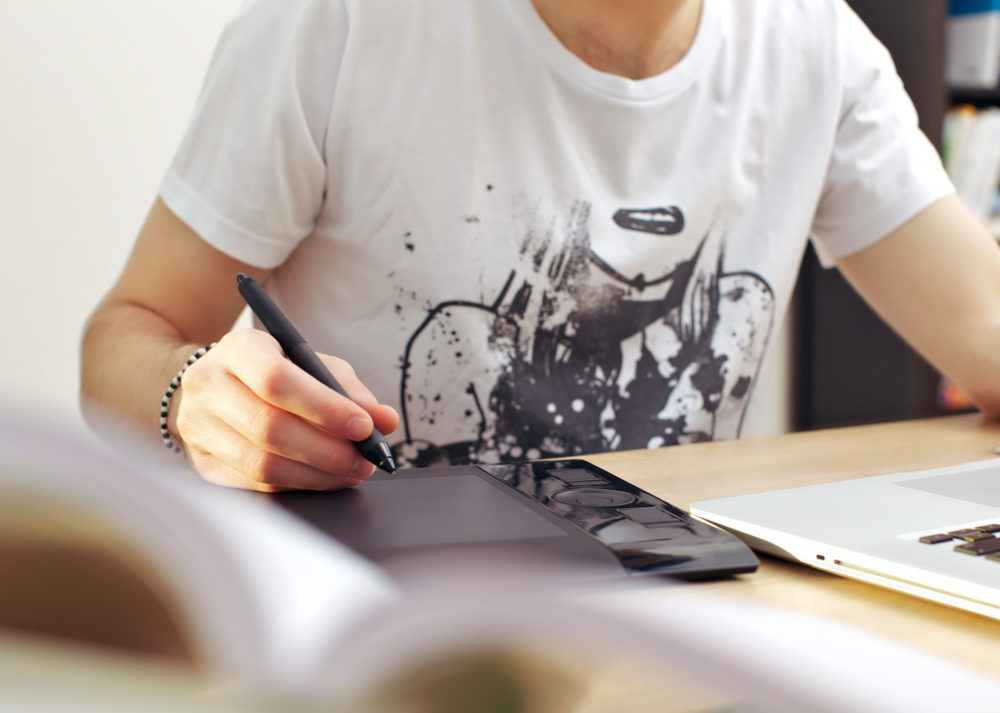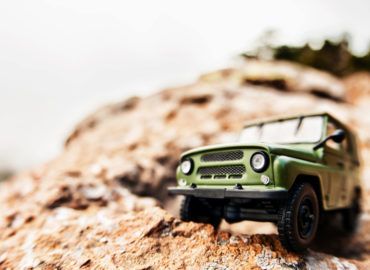Coming up a Gen X-er, I have had a front-row seat to see how technology has not only uniquely empowered artists but its tremendous effect on the rest of the world as well. Recent conversations have centered around the unique position occupied by Gen X in the tech era as our group has experienced both the traditional, “old school” way of life and witnessed the rapid emergence and entered the workforce upon the integration of technology in society.
As a result, Gen X-ers possess a distinctive perspective that combines the best of both worlds and allows them to navigate the complexities of our digital age with greater understanding and adaptability. So, from a Gen X point of view, we will cover:
How tech has impacted artists, Why artists use technology, Impact of technology on art and with the most recent tech wave, we’ll cover; Will AI replace artists.
One way technology has truly empowered artists is by putting musicians and songwriters in the driver’s seat in determining contract deals. And with changes like this, it’s eradicating the old, oppressive ways of big music execs. “Old ways” that saddled the artist with hefty bills for lavish expenses such as lengthy studio times, limos instead of tour buses, and unnecessary five-star dining excursions, only to guise these things as a “perks” or “benefits” of doing business with them. Finding out later, they (the artist) had to pay for all of it, ultimately cutting into their bottom-line earnings. It’s all very “VH1 Behind the Music” kind of stuff.
In all seriousness, though, digital distribution platforms also let artists and small labels sidestep larger industry-controlled distribution channels. Social media and video streaming services enable artists to connect with fans directly, reducing the need for expensive publicity and public relations campaigns.
It’s not just for music because technology is truly transforming and sweeping the whole art world, offering new ways for artists to create and for audiences to experience and engage with. Some forms could be:
- Digital art
- Digital art events
- Virtual reality
- 3D printing
- AI (artificial intelligence)
An example of a digital art event might include hiring a caricature artist for an online zoom party or a fun family day in the middle of winter. With technological advances, these artists can create custom caricatures of each guest online digitally.
It is an exciting time in history to be a part of as technology opens up new possibilities for creativity and innovation.
Impact of technology on art
Besides being a versatile and expressive art medium, technology helps artists gain much-needed visibility and exposure for their works of art. Numerous online art platforms help them promote their work and stay connected with the artistic community.
According to an article from Artwork Archive, below is a list of the top five sites artists can self-promote their works on:
- Squarespace
- Artwork Archive
- Wix
- WordPress
- Format
Furthermore, technology has expanded the reach and impact of art. Through online galleries and virtual exhibitions, artists can showcase their work to a global audience without physical space limitations. This increased visibility has not only helped artists gain recognition but has also provided them with opportunities for sales and commissions.
Why do artists use technology?
Historically, art production was a process that was once only done with human hands. Today, more digital tools than ever allow artists and musicians to create quickly, allowing artists to blend their work with technology and, form original ideas. For writers, technology helps to break up those writer’s blocks, allowing for more freedom in topic ideas.
Previously, artists had to ensure that every stroke or movement was just right to avoid mistakes and accurately depict their intended message. Now, they can modify their work with a simple mouse click. Overall, technology reduces the hassle for artists without compromising their creativity.
Consider the intriguing notion that musicians no longer find themselves shackled by outrageous studio expenses, thanks to the marvels of technology. Likewise, we, ordinary folks, have relished the newfound freedom of working from the cozy confines of our own homes, all courtesy of the transformative power of technology. Truth be told, I’ve never been “ordinary”; along with being a writer (that pays my bills), I’m a musician too.
It has really been a game changer for me as my physical health has started to decline after years of sports injuries finally taking their toll. Fortunately, as a writer with a phenomenal digital marketing firm, my team environment is gracious enough to allow space for me to work from home on bad pain days.
With the advancement of digital tools and software, artists can experiment with different techniques and explore new artistic styles more efficiently and cost-effectively. For example, the availability of high-quality cameras, printers, and editing software has enabled photographers to capture and manipulate images with greater precision and control.
Will AI replace artists?
It will require the collaboration of human artists to point it in novel directions and determine whether the output is even worthwhile. AI will not replace artists in the future; instead, they will be needed more than ever.
Artists can collaborate with AI systems to create interactive installations, immersive experiences, and multimedia artworks. By combining human creativity with AI’s computational capabilities, artists can push the boundaries of traditional artistic mediums and engage audiences in entirely new ways.
Remember, creativity is not just about copying what has been done before. It’s about pushing boundaries, breaking rules, and defying expectations.
Artists revel in their ability to think outside the box. They thrive on embracing the chaos of inspiration, weaving together seemingly unrelated ideas, and creating something uniquely their own. AI may be able to replicate techniques, but it cannot replicate the spark of genius that resides within each one of us, no matter what our “art” is.
How technology empowers artists
While some may view technology as a threat to the authenticity of art, I see it as a powerful tool that amplifies an artist’s vision and empowers the creative journey.
In this era of digital enlightenment, where the brush strokes and musical notes intertwine with pixels and algorithms, artists are no longer confined by the shackles of tradition but rather liberated by the boundless realms of innovation.
In this extraordinary era, artists have been gifted with a new palette, one that is boundless and electrifying. If we embrace this fusion of art and technology, a symphony of possibilities will propel us into a future where creativity has no bounds.
Let’s not forget Gen Xers are poised to become the visionary leaders, the mentors, and the trailblazers who will shape the future of art and technology. They have the experience, the knowledge, and the adaptability to guide the younger generations and drive innovation within the industry. With their entrepreneurial spirit and willingness to embrace change, Gen Xers are perfectly positioned to explore new frontiers, experiment with emerging technologies, and redefine what it means to be an artist in the digital age.





